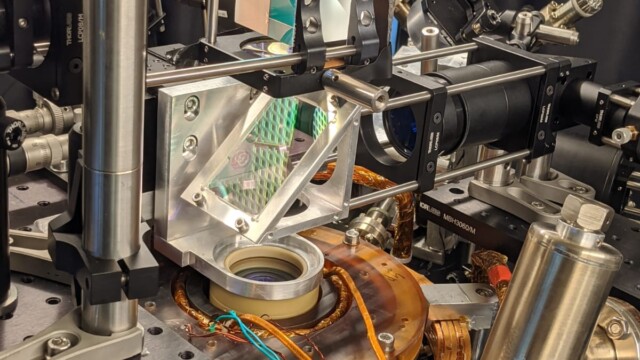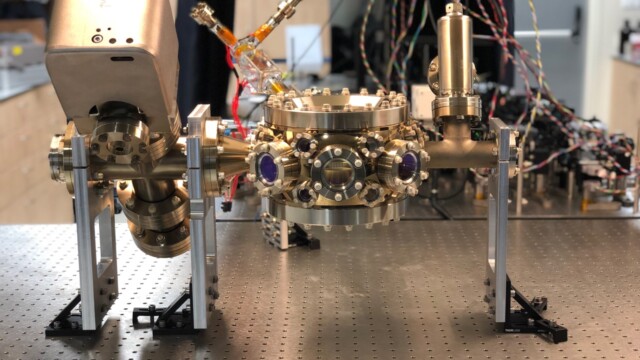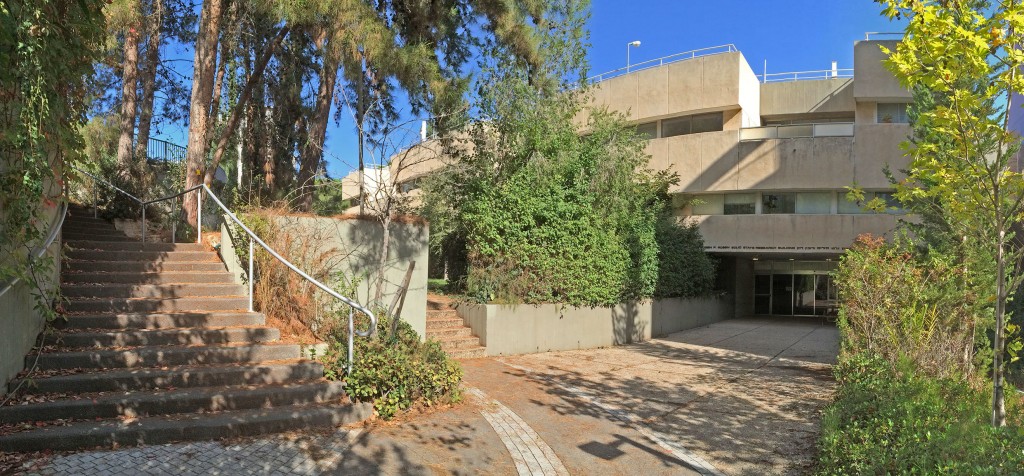Welcome
In a famous paper, P. W. Anderson coined the phrase “more is different”, capturing the essence in many research fields in physics: A system of many constituents of the same nature (many electrons, atoms, etc.) is not just “more of the same”; it is altogether a different system, with strikingly different physical phenomena. In order to understand the behavior of a complex system (from electrons in metals to a pile of rice), it is not enough to know the fundamental laws of physics. It is necessary to develop new theoretical frameworks and base them on extensive experimental data. In the quantum world, building an understanding of the behavior of many is even more challenging since the computational complexity grows exponentially with the number of particles. This fast growth of complexity means that for already a small number of particles (~10), there is no way to calculate physical quantities with a classical computer. Nevertheless, we can study these systems using a quantum system, an approach known as quantum simulation.
A broad class of complex systems is that of interacting fermions. Examples include electrons in metals, a liquid of 3He, neutrons in a neutron star, and more. We are studying the many-body physics of strongly interacting Fermions using an ultracold gas of potassium 40 atoms. The advantage of working with ultracold atoms is that they offer exceptional controllability and are extremely isolated from the external (classical and hot) world. Using lasers and magnetic fields, we trap and cool down the atoms in a vacuum chamber. We can alter their interaction with each other, their geometrical configuration, temperature, and many other parameters. When the atoms reach low enough temperature, we probe their quantum state and dynamics by direct imaging or with more sophisticated detection methods. As with any quantum system, measuring it also ruins it. Thus, we start over again, cool the gas, repeat the measurement, and draw our conclusions from the collection of results.
We pursue two parallel research lanes in our group. In the first one, we start with a room temperature cloud and cool it down towards the quantum ground state. Then, we can study the ground state properties and its response to excitations. This approach is referred to as “top-down”. In the second route, we prepare an array of micro-optical traps (also called optical tweezers), in each of which we trap one atom. By carefully controlling each of these tweezers, we can engineer an initial state and study its evolution in a potential landscape we arrange. Within this “bottom-up” approach, it is also possible to implement quantum computation. Quantum information is stored in internal degrees of freedom of the atoms (“qubits”), and gates can be implemented by bringing the tweezers close to each other. Read more about our research here.
We have openings for two postdoc positions, available immediately.
Our labs and offices are located in the solid state institution building, which is adjacent to the Lidow physics building in the main campus. Click here for more information on how to get here.























